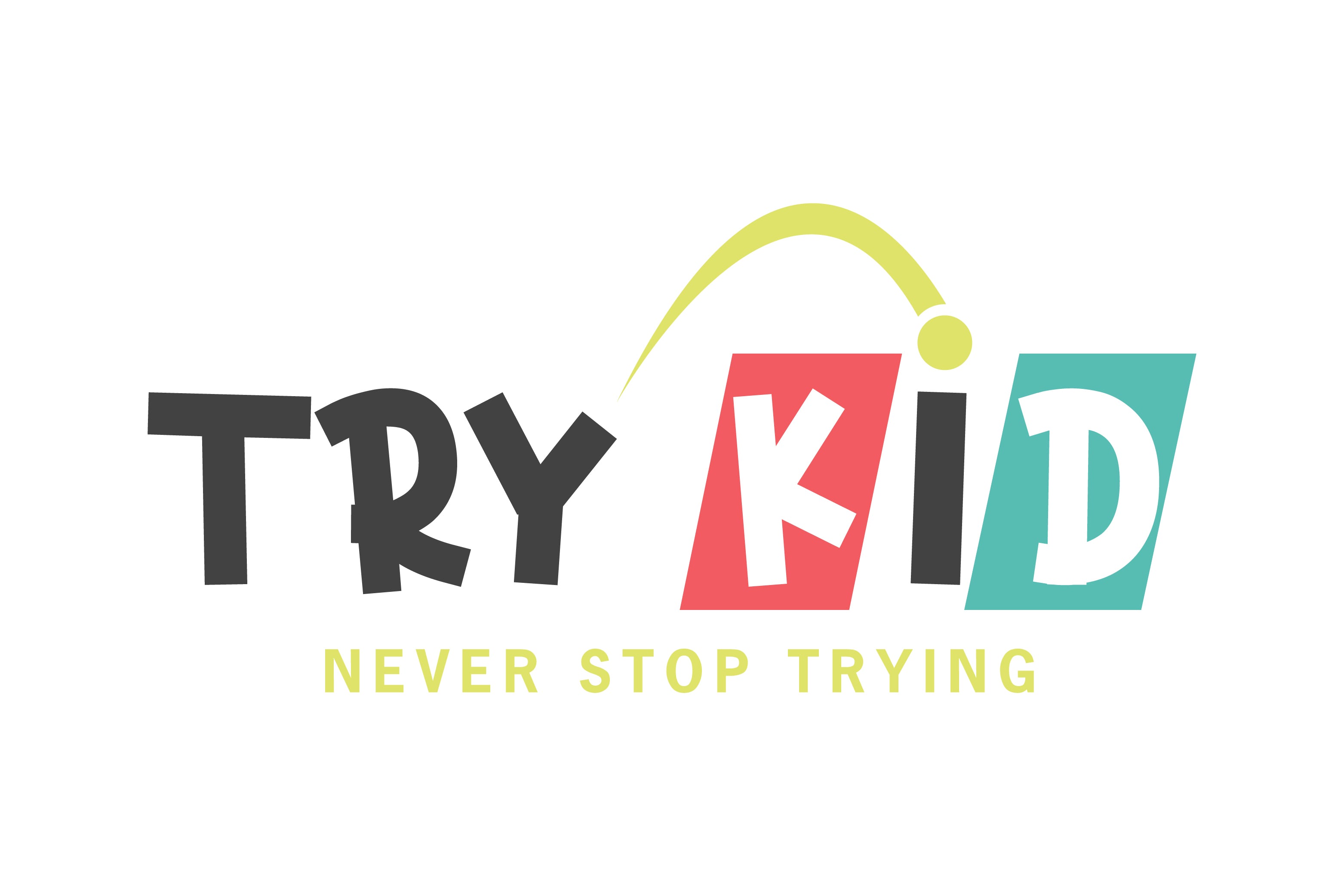Toy musical instruments for babies are more than just playthings—they're essential tools that combine entertainment with developmental benefits. From rattles to mini keyboards, these instruments introduce your baby to the world of sounds, rhythm, and creativity. In this comprehensive guide, we’ll explore the benefits of toy musical instruments, the types available, and tips for choosing the perfect ones for your little maestro.
Why Choose Toy Musical Instruments for Babies?
Toy musical instruments stimulate sensory development and provide endless hours of fun. Here’s why they’re a must-have for your baby:
1. Boosts Cognitive Development
Music helps babies develop memory, attention, and problem-solving skills. Early exposure to sounds and rhythms lays the foundation for future learning.
2. Enhances Motor Skills
Grasping, shaking, and pressing buttons improve fine motor skills and hand-eye coordination.
3. Encourages Sensory Exploration
Musical toys introduce babies to various textures, sounds, and colors, stimulating their senses.
4. Fosters Emotional Expression
Music is a great way for babies to express emotions, whether through banging a drum or shaking a rattle.
5. Promotes Parent-Child Bonding
Playing musical instruments together strengthens the bond between parents and babies while making memories.
Types of Toy Musical Instruments for Babies
With a variety of options available, you can find the perfect instruments for your baby’s age and interests.
1. Rattles and Shakers
Simple and easy to grip, rattles and shakers introduce babies to rhythm and sound.
2. Drums and Percussion Sets
Soft and baby-friendly drums encourage rhythmic play and hand movements.
3. Xylophones and Marimbas
Colorful xylophones produce gentle sounds, making them ideal for sensory development.
4. Mini Keyboards and Pianos
Interactive keyboards with lights and sounds introduce basic musical notes and melodies.
5. Tambourines
Lightweight tambourines are perfect for babies to shake and make joyful sounds.
6. Wind Instruments
Baby-friendly whistles or harmonicas provide fun while developing oral motor skills.
How to Choose the Best Toy Musical Instruments for Babies
Selecting the right musical toys involves a few key considerations:
1. Age Appropriateness
Look for toys specifically designed for your baby’s age group, ensuring safety and ease of use.
2. Safety Features
Ensure the toys are non-toxic, free of small parts, and meet safety standards to prevent choking hazards.
3. Durability
Choose instruments made from sturdy materials that can withstand rough handling.
4. Variety of Sounds
Opt for toys that produce different sounds to keep your baby engaged and curious.
5. Interactive Features
Lights, buttons, and pre-recorded tunes add an extra layer of fun to musical toys.
Top 5 Toy Musical Instruments for Babies
Here are some of the best toy musical instruments available for babies:
| Product Name | Key Features | Best For | Price Range |
|---|---|---|---|
| Baby Einstein Magic Touch Piano | Wooden design, touch-sensitive keys | Ages 6–18 months | $25–$40 |
| Fisher-Price Tambourine & Maracas Set | Lightweight, bright colors | Ages 3–12 months | $10–$20 |
| VTech Zoo Jamz Piano | Animal sounds, interactive features | Ages 12–24 months | $25–$35 |
| Skip Hop Explore & More Drum | Soft drum pad, multiple sound effects | Ages 6–18 months | $20–$30 |
| Melissa & Doug Rainbow Xylophone | Wooden xylophone with mallet | Ages 12–24 months | $20–$35 |
Tips for Playing with Toy Musical Instruments
Maximize the fun and benefits of toy musical instruments with these tips:
-
Play Together
Join your baby in creating music to strengthen your bond and encourage them to explore sounds. -
Introduce Basic Rhythms
Clap along or tap a simple rhythm to help your baby understand patterns and beats. -
Incorporate Songs
Sing along while your baby plays, making the experience more interactive and educational. -
Rotate Toys
Switch between different instruments to keep your baby engaged and interested. -
Create a Mini Concert
Invite family members to join in and let your baby take center stage as the performer.
Frequently Asked Questions (FAQs)
1. What age can babies start using toy musical instruments?
Babies as young as 3 months can enjoy simple rattles, while more interactive instruments are suitable for ages 6 months and up.
2. Are wooden or plastic instruments better for babies?
Both have benefits—wooden toys are eco-friendly and durable, while plastic toys often feature lights and sounds.
3. Can musical toys be educational?
Yes! They promote cognitive, motor, and sensory development while fostering creativity.
4. How do I clean toy musical instruments?
Use a damp cloth with mild soap to clean the toys. Avoid submerging electronic toys in water.
Conclusion
Toy musical instruments for babies are more than just sources of entertainment—they’re valuable tools for learning and development. With options ranging from simple rattles to interactive keyboards, these toys encourage creativity, motor skills, and emotional expression. Invest in a high-quality musical toy today and watch your baby discover the joy of music while building essential life skills.














